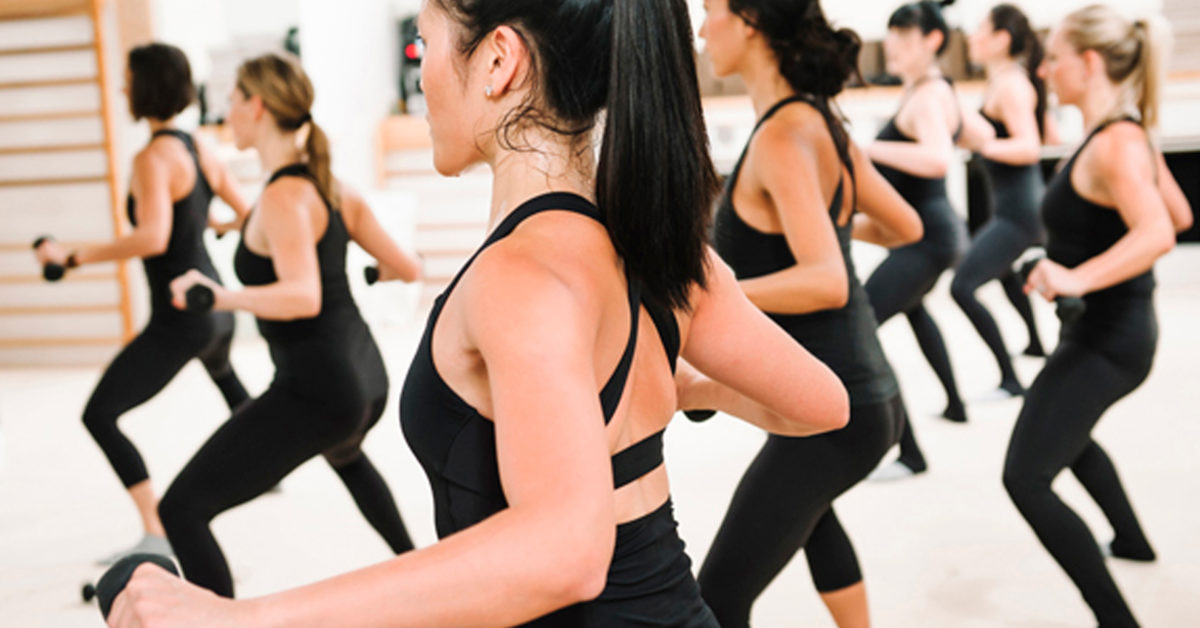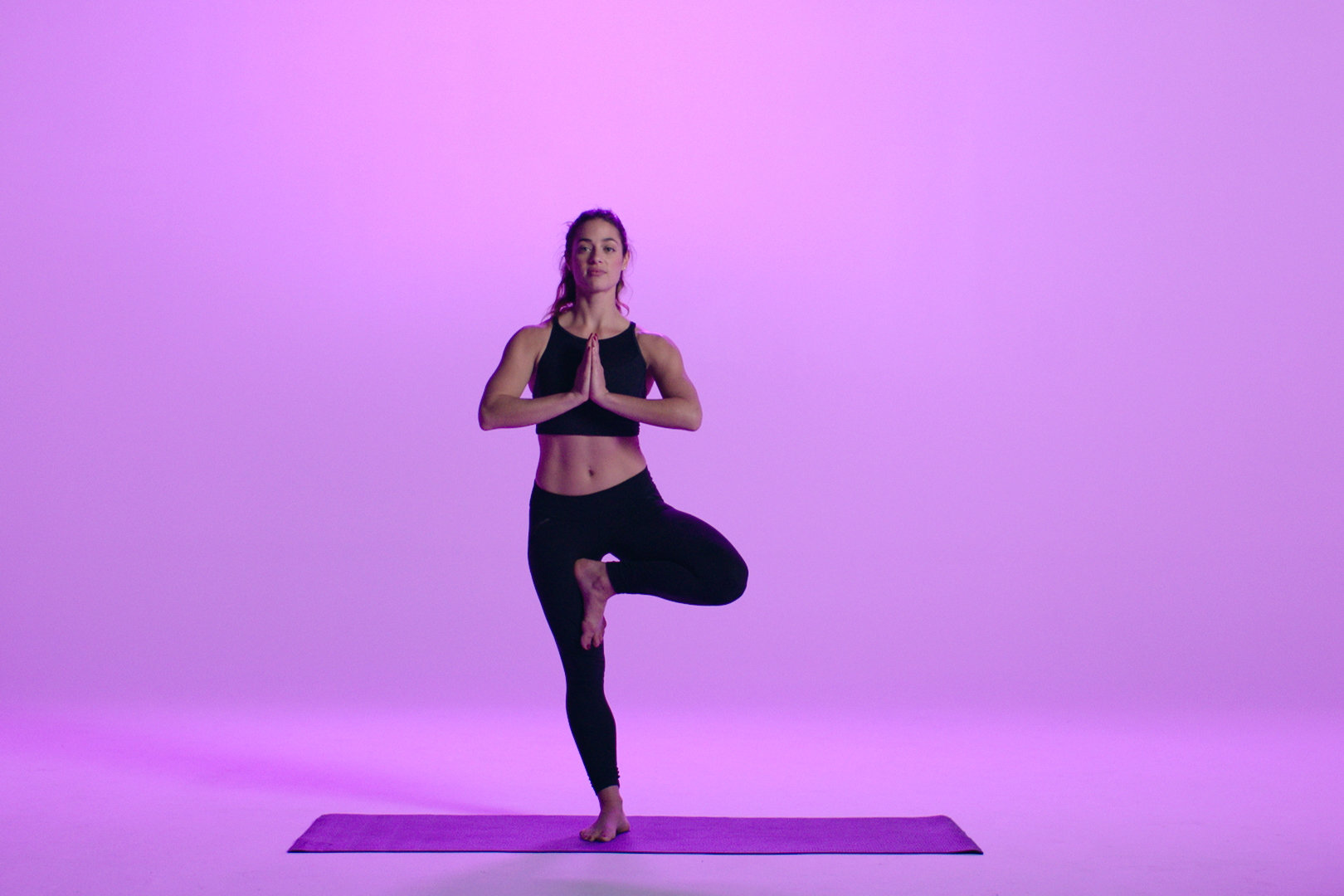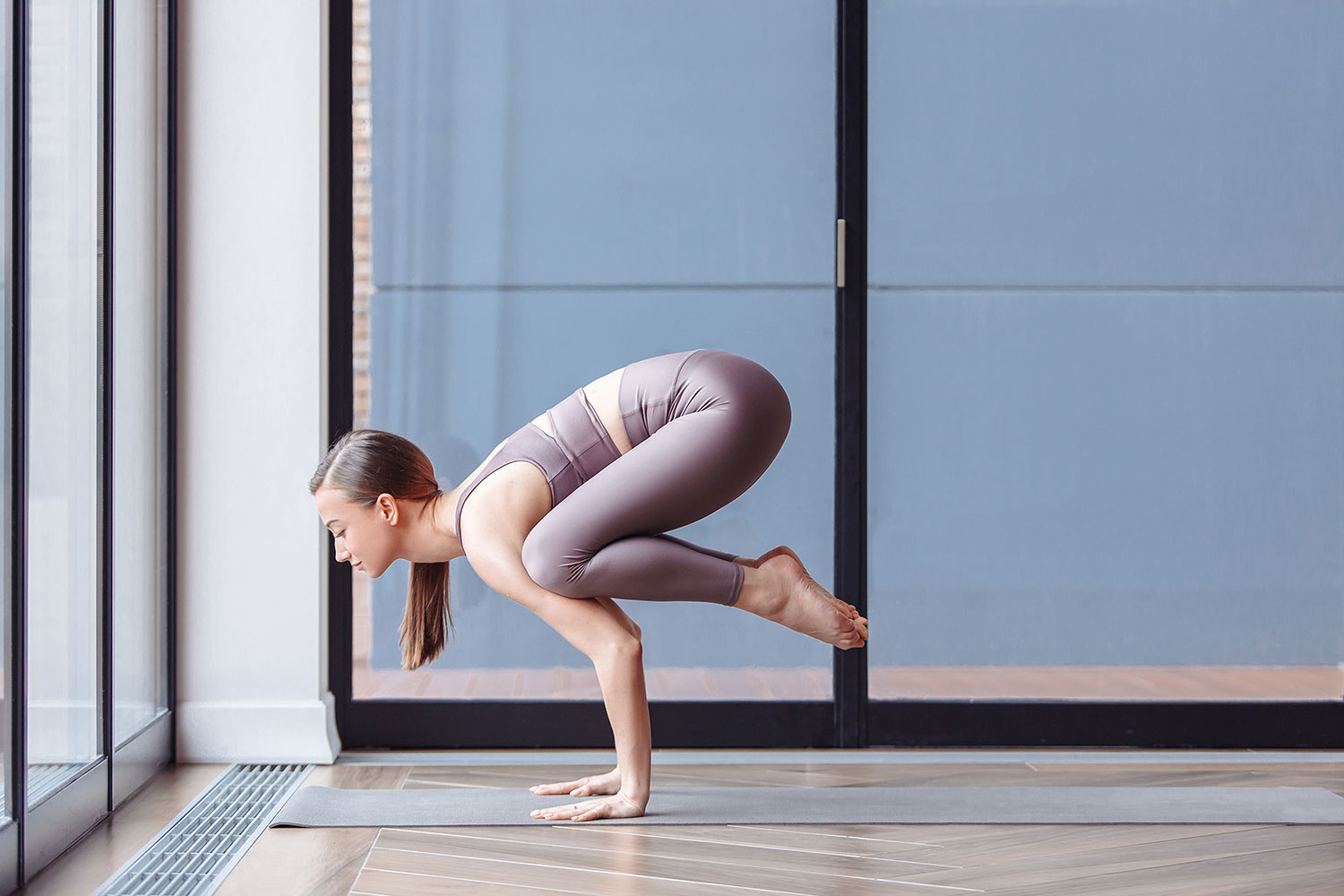
Many people suffering from migraines are happy to report that yoga has been successful in treating their condition. Clinical trials proved the effectiveness of yoga, with significant reductions in migraine frequency and intensity. The exercise not only reduced stress but also helped patients to improve their cardiac autonomic balance, and decrease the sympathetic drive. These results have been confirmed by a variety of studies. To learn more about the effectiveness of yoga as a treatment for migraine, you can read on!
Legs Up the Wall is the most well-known pose to help with migraines. The legs are raised towards the ceiling in this pose. Blood flows to the brain the opposite direction from downward dog. To perform this pose, you must lie on your back with your knees pointing upward. Place your arms at your sides. Press the back of your head into the mat while keeping your chin away from your chest. This position helps to relieve pain and lengthen the spine.

Bridge Pose is another favorite yoga pose for sufferers of migraines. It helps release tension in the upper back and increases blood flow. For this pose, you will need to lie on your side with your knees straight up. For 15 to 30 minutes, hold the bridge position. It might help to spend more time in this position. Your quality of life will improve. You can incorporate these practices into the daily routine of someone suffering from migraines.
Child's pose relieves tension in the upper body and increases blood flow to the head. Bridge pose is very beneficial as it increases blood flow to your head. You can do this pose on your back, while keeping your eyes closed. You can reach your shins by bending your knees. This will allow you to relax your upper body and help you relax. It is recommended to practice this pose several times a day to prevent migraines.
It is an excellent way to find a yoga headache relief. It is a great way to relieve your pain and strengthen your cardiovascular system. The downward dog can be used to alleviate throbbing headaches. It activates the pressure points in the head and neck. This is an excellent way to fight migraines. You can try it as a bedside yoga exercise for migraines. If you aren’t comfortable sitting down, you can perform the pose in a seat.

While yoga can't be used as a treatment for migraines alone, it can reduce the intensity and frequency of migraines. It's also effective as an adjuvant to modern therapy. Researchers believe yoga can improve overall well-being. According to the study authors, it should be used in addition to modern medications. It may surprise you to learn that yoga can have positive effects on migraine sufferers. You might even be able to prevent migraines altogether by practicing yoga.
FAQ
What is a good seven-day workout routine?
A seven-day exercise plan should include cardiovascular training (running/biking/swimming), strength exercises (using weight machines, free weights) and one flexibility/core program (yoga or Pilates). Each activity should be performed at least once each week. Each session should not take more than 45 mins.
Cardiovascular Exercise: Running, Biking, Swimming
The goal is to get in at least 60 minutes of cardio activities per week. Aim for 75 minutes per week to get the best results. Cardio exercises can be used to increase blood flow, stimulate muscle growth, and improve blood circulation.
Strength Training
Cardio exercises focus on the heart and lungs while strength training targets muscles and bones. Strength training can help you burn calories even when you're not working out.
Flexibility and core workouts
Core and flexibility exercises are great ways of strengthening your whole body. Both yoga and Pilates can be great choices.
Do weightlifting burn fat faster?
Weight lifting is a great way to burn fat faster but you need to do it together with cardio exercise.
For the best results of weightlifting, do it after cardio exercises.
If done correctly weightlifting can raise your heart rate, oxygen consumption and help you lose weight.
It is important to combine cardio with it, as you will not see significant changes in your body's composition.
Do I need to exercise every morning?
No! At least 30 minutes moderate-intensity exercise five days per week is a good goal. It means you need to exercise hard enough or walk fast enough that you are slightly out-of- breath.
Are there any benefits to practicing yoga?
Yoga has been popular since ancient times. Yoga is very popular with celebrities as well as ordinary people who wish to be fit and healthy.
Yoga is great for strengthening your muscles and stretching them. It also relaxes your mind and makes you calmer.
Yoga is different from other types of exercise in that it focuses on breathing techniques.
Practice a variety of poses to increase your flexibility and balance.
How to Build Muscles Fast
It is important to eat healthy food and lift weights frequently in order to quickly build muscle.
The best time to work out is early morning when you are fresh and ready for action!
You should try exercises such as squats, bench presses, push-ups, etc.
You can try different weight training methods and remember to drink lots of water throughout the day.
Is Cardio Exercise Good Or Bad For Your Health?
Cardiovascular exercise can have many benefits. It improves blood circulation, strengthens your heart muscle, increases stamina, helps you lose weight, and gives you energy.
Cardiovascular exercise includes running, biking, hiking, swimming, tennis, basketball, soccer, volleyball, football, etc.
It is important that cardio exercises are not performed at high intensities. Doing this could lead to injury.
The cardiovascular exercise should only be performed if you feel good.
Never push yourself past your limits. This could lead to injury.
Warm up is the best way to start cardiovascular exercise. You can then gradually increase your intensity.
Remember, you should always listen to your body. If you feel pain while performing cardiovascular exercise, it is important to stop immediately.
After a cardio workout, it is a good idea to take a break. This allows your muscles time to recover.
Cardiovascular exercise is essential for losing weight.
It is the best way for you to lose calories and decrease belly fat.
How many times per week should I exercise
It depends on how much time you have available and what type of exercise you prefer. An average guideline is to do moderate-intensity aerobic activity 3 to 5 days per semaine. It is important not to overdo it. It is crucial to exercise regularly in order to reap the full benefits of your workouts.
Which exercises are best for me?
It all depends upon your fitness goals. Some people focus on endurance activities like running, cycling, and swimming. Others like lifting weights or using resistance band. There are many exercise programs on the market today. Select the one that best suits your needs.
Statistics
- Are You One of the 20% of Guys (mh.co.za)
- An estimated calorie range for moderately active adult males falls between 2,200 to 2,800 calories per day, depending on age. (eatright.org)
- Candidates and applicants must pass all four tests at 70% (minimum level) to graduate from Basic Deputy U.S. Marshal (BDUSM) Training. (usmarshals.gov)
- Get free shipping and 25% off today. (healthline.com)
- Cardmembers earn 5% Back at Amazon.com with a Prime Credit Card. (amazon.com)
External Links
How To
How can I burn fat and exercise?
Exercise reduces calories by increasing metabolism, and oxygen consumption.
Exercise at a moderate intensity to safely lose weight.
These tips can help you to burn fat while training:
-
Cardio exercises include walking, running, swimming, cycling, running and jogging.
-
Exercise for 30 minutes three times per week.
-
You can lose weight by adding strength training to the routine.
-
Avoid doing intense exercises. You can build muscle and not break down muscle tissue.
-
Drink plenty of water during exercise. Water helps to flush out toxins from the body and maintains proper hydration.
-
After working out, make sure to drink low-fat proteins shakes. Protein shakes help repair muscles and boosts energy.
-
Take smaller meals throughout each day to avoid feeling hungry.
-
Don't skip breakfast! Skipping breakfast can lead to fatigue and sluggishness.
-
Take care of your mind. Stressful situations can slow metabolism.
-
Keep a positive attitude. Studies show that people who believe they're overweight gain more weight than those who think they look pleasing.
-
Get enough sleep. You will have a harder time losing weight if you do not get enough sleep.
-
Keep active. Get up every hour and get moving.
-
Maintain a healthy diet. Eating right keeps you feeling full and satisfied longer.
-
Find relaxation methods. Relaxing doesn't mean your body releases stress hormones which cause muscle tissue to be destroyed.
A balanced diet includes all essential nutrients needed for growth and development.
Six small meals per day is better than three large meals. This gives your body time and energy to process the food.
For strong bones, we need 500 mgs of calcium daily. Calcium can be found in dairy products such as yogurt, fortified soybean beverages, orange juice, cereals, bread, and cereals.
Calcium is found in leafy vegetables, beans and tofu, as well nuts, seeds and cheese.
Vitamin D is required by the body to absorb calcium. Vitamin D is found in eggs yolk, fatty fish and fortified foods.
Vitamin E is crucial for skin health. Vitamin E can also be found in vegetable oil, wheat germ oils, peanuts as well almonds, sunflower seeds and corn.
Your body needs zinc to maintain normal immune function and heal wounds. Zinc is found in seafood, oysters legumes meats, whole grains, whole grains and meats.
Zinc deficiencies can lead to fatigue, decreased appetite, depression, and reduced immunity.
Insulin resistance is caused by eating too much sugar, which can increase blood glucose levels. Insulin resistance is linked to weight gain.
Insulin resistance is caused by high blood levels of free-radicals. Free radicals are molecules that have unpaired electrons, which can cause damage to cell membranes or other parts of your body.
Free radicals come mainly from food additives, pesticides, herbicides, preservatives, smoking, air pollution, radiation, chemicals in cosmetics, lotions, and household cleaning supplies.
Free radicals can lead to cancer and heart disease, diabetes mellitus, arthritis, asthma, and premature aging.
To prevent free radical damage, eat a healthy diet rich in antioxidants. Antioxidants protect against oxidative damage.
Antioxidant vitamins include Vitamin C (found in citrus fruits), beta carotene (found in carrots, sweet potatoes, spinach, broccoli, cantaloupe, apricots, squash, mangoes, peaches, peppers, tomatoes, cabbage, cauliflower, kale, Brussels sprouts, collard greens, watermelon, and strawberries), and Vitamin E (found in nuts, olive oil, avocados, and eggs).
Selenium, copper as well as manganese and zinc are some other antioxidant nutrients.
Selenium protects cells against oxidative damage from free radicals. Selenium can also be found in Brazil nuts (tuna), liver, kidneys and shrimp.
Copper protects eyes, brain, lungs and red cells. Copper is found in shellfishes, poultry, meat, organ meats, and other foods.
Manganese forms an essential part of bone structure. Manganese can also be found in oatmeal, brown rice, spinach and bananas.
Zinc is essential for normal growth, reproduction, wound healing, and average growth. Zn can be found in lean cuts, white fish, poultry, eggs, and other foods.